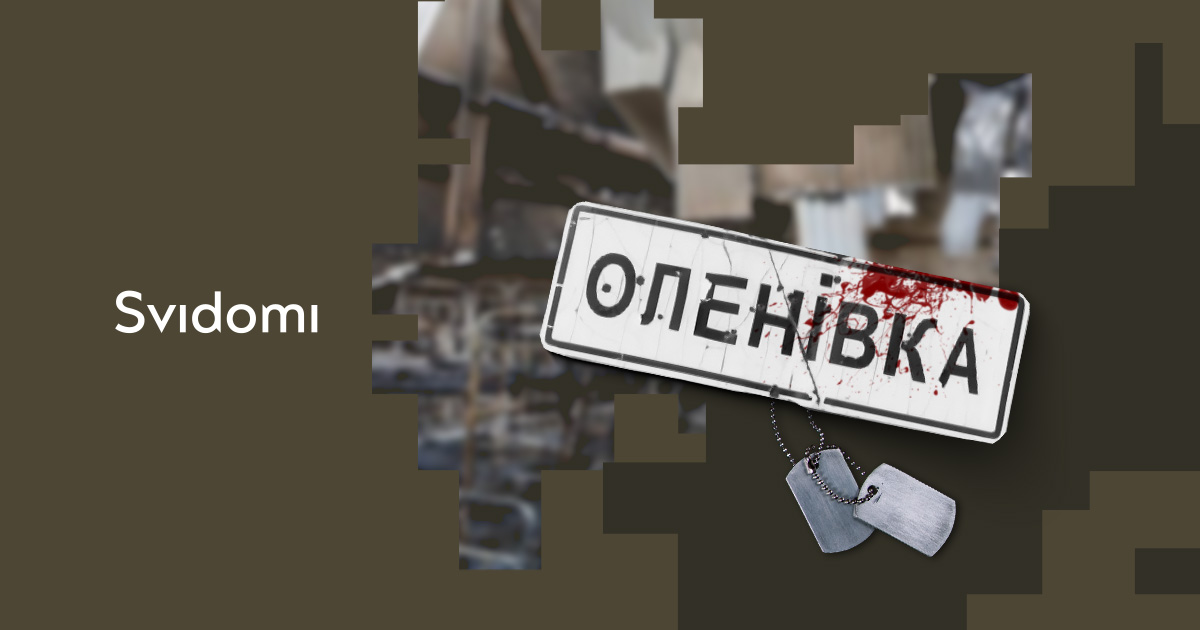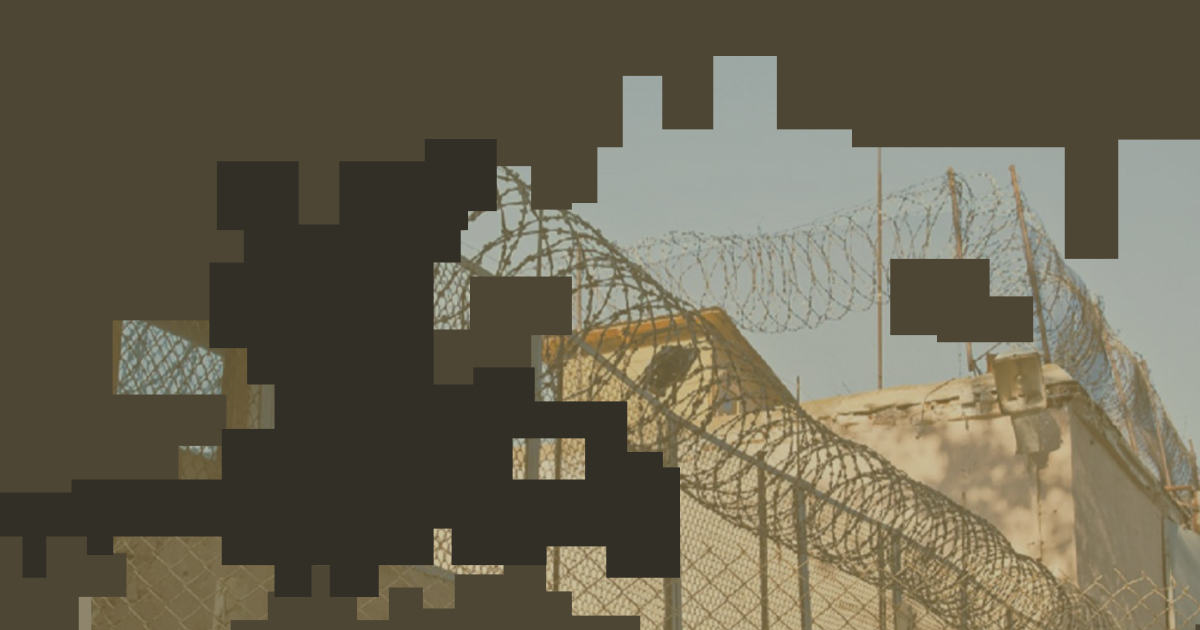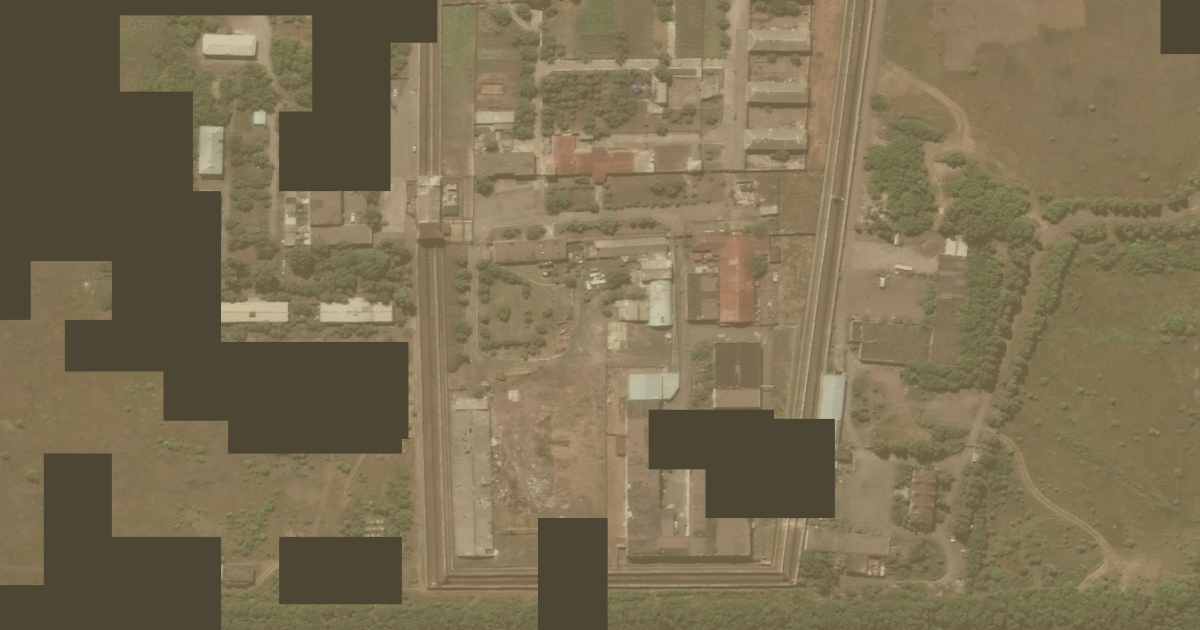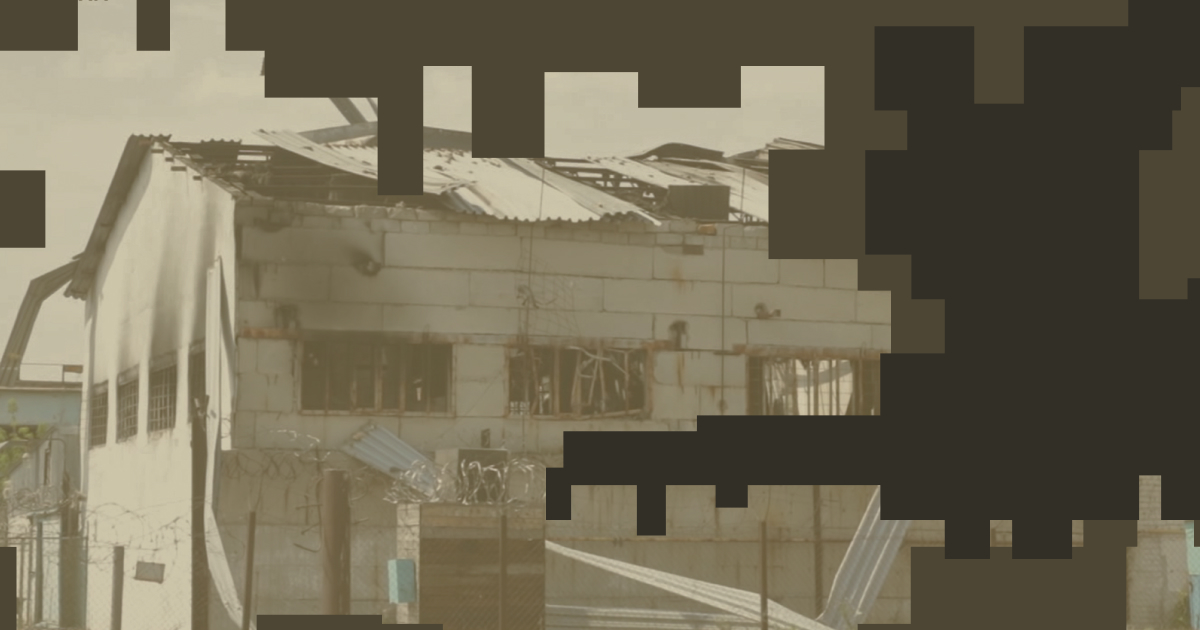Terrorist attack in Olenivka: a military man's story and investigation

On the night of July 28-29, 2022, Russians shelled penal facility No. 120 in the temporarily occupied Olenivka, Donetsk region. The building was used to hold Ukrainian POWs, including those from the Azovstal plant.
Read the article to learn more about the events that took place before and after the terrorist attack and the current state of the investigation.
How the Russians prepared for the terrorist attack
A few days before July 28, the Russians compiled lists of Ukrainian soldiers' names and ordered them to pack their belongings within an hour, said Arsen Dmytryk, the Azov Brigade member. There were rumours among the military that they might be transferred to Horlivka, temporarily occupied since 2014 in the Donetsk region, where there is a penal facility for Ukrainian prisoners of war.
When we went outside, people also joked that we would be moved to the barracks prepared by the Russians. We had nothing to do with its construction, but other guys were talking about it. We were surprised when they started bringing us to the barracks. The Russians had built it in a hurry, which was immediately noticeable because of the unsanitary conditions,
says Dmytryk.
The barracks where the soldiers were relocated was too crowded, with most of the beds standing too close. There was a lack of air in the heat. After the military moved into the new barracks, they were told they would not be kept there for long as a new one was being prepared. According to the military, this is how the Russians explained the poor and unsuitable living conditions.
The Ukrainian soldiers transferred to the new barracks were not taken to have meals in specially designated places. Instead, they were brought food there and had to cook everything, despite the unsanitary conditions.

"The Russians brought plates, spoons, food, and we cooked ourselves," says Arsen Dmytryk.
A few days before the attack, electricians came to the soldiers' barracks to allegedly install outdoor lighting. Then they locked the soldiers inside the barracks and did not let them out for two hours.
We don't know what they [the electricians] were doing because we were locked in,
says Dmytryk.
The day before the attack, the soldiers were forbidden to go outside at night. They could only go to the toilet, located outside the barracks. Before that, they could go out at any time.

After the explosion
The first explosions Arsen Dmytryk heard were outside the barracks.
"I woke up with numerous shrapnel wounds and got burned. There was a lot of fire inside. Most of the guys died at the entrance to the barracks. The guards did not unlock the door, they ran away, and we remained locked in," the soldier recalls.
The men managed to get out of the building only when they tore down the netting in the barracks, which was poorly equipped due to sloppy construction.
"The lightly wounded pulled out the seriously wounded who showed signs of life. Then we pulled out those who did not show signs of life. We did not have time to remove some of them as the fire was spreading intensively. We carried most of the wounded on our backs. We were mostly naked, burnt, wounded, barefoot, with a lot of glass and metal under our feet. No one provided any medical assistance; we bandaged each other on our own," recalls Arsen Dmytryk.
Only two hours later, there arrived Ukrainian doctors who had also left Azovstal and were in Russian captivity. They brought along bandages and tweezers to remove the shrapnel.
"But for them, there would have been more victims. People were bleeding to death. We could stop the limb bleeding, but not the internal bleeding," the soldier said.
The medics marked the soldiers according to the severity of their injuries to evacuate them faster. After that, they made lists of everyone who was there. They were handed over to a senior Russian security officer, after which the Russians at their headquarters made a table with photos and data of the soldiers.
"When the trucks came to take us away, the Russians checked everyone they were loading against the list and photos. It was a long procedure. When the photos didn't match because of injuries, they spent 15 minutes thinking about whether it was the right person while the soldier was lying on a stretcher. They piled us up like cattle — on top of each other," says Dmytryk.
Evacuation and return to Olenivka
The soldiers were brought to Municipal Hospital №14 in Donetsk, temporarily occupied since 2014, where they recorded all those who arrived.
"Imagine the scene: four trucks arrived, and almost naked, burnt people were pulled out. There was a smell of burnt bodies and blood," the military said.
The Russians performed surgeries with anaesthesia only on the severely wounded and not on the rest. Afterwards, those who were operated on were transferred to Hospital № 15 in Donetsk; those seriously injured remained in Hospital № 14.
At the end of August, Russian propaganda media filmed a video from the hospital where the soldiers were being treated. Then they were dressed nicely and told that they would be sent for an exchange.
Everyone was put on a bus and brought back to Olenivka. After the attack, the attitude of the staff towards the military changed dramatically. Before, they used to abuse us only morally, and then there was physical abuse. They also set dogs on us, which was not the case before the attack,
says Arsen Dmytryk.
What is the status of the investigation?
On July 29, 2022, the Prosecutor General's Office launched a pre-trial investigation into the terrorist attack in Olenivka on the grounds of violating the laws and customs of war.
The Russians used a thermobaric grenade launcher to shell Olenivka. Ukrainian investigators reached this conclusion after a comprehensive examination of the weapon, traces and circumstances of its use, said Taras Semkiv, Deputy Head of the Crime Prevention Department of the Prosecutor General's Office.
In early September 2022, the UN mission assured that it would arrive in Olenivka in the coming days. Still, it could not do so due to Russia's lack of security guarantees. The International Committee of the Red Cross also tried to get to the crime scene. However, the ICRC stated, "We cannot force our way into a place of detention where we have not been allowed".
On August 3, 2022, UN Secretary-General Antonio Guterres announced that the UN was launching a "fact-finding mission" into the Olenivska colony tragedy. On January 8, 2023, the Secretary-General disbanded the mission. The UN explained that Russia had not provided the necessary conditions for sending the mission to Olenivka. Representatives of Ukraine were also unable to get to the site of the explosion, where Ukrainian prisoners were being held.

The Russians claimed that the US HIMARS system carried out the strike. Still, in July 2023, the UN High Commissioner for Human Rights stated that a HIMARS missile had not hit the colony in the temporarily occupied Olenivka.
Ukraine has now returned the bodies of all Ukrainian prisoners killed in Olenivka. We have already managed to identify 52 bodies. At the same time, many Ukrainian militaries remain in captivity.


